Das US-Armee testet den Einsatz von handgroßen Hubschrauber-Drohnen. Konkret handelt es sich dabei um die vom norwegischen Unternehmen Prox Dynamics entwickelte Mini-Drohne PD-100 Black Hornet PRS.
Die Drohne passt in jede Hosentasche und soll den Soldaten bei der Erkundung des Geländes helfen. Dazu besitzt die Mini-Drohne drei Kameras (eine nach vorne, zwei jeweils zur Seite), die die Live-Bilder und Fotos an den Bildschirm des Steuerungsgeräts senden. Die Flugzeit liegt bei 25 Minuten und die maximale Entfernung bei 1,6 Kilometern.
Learn more / En savoir plus / Mehr erfahren:
http://www.scoop.it/t/21st-century-innovative-technologies-and-developments/?tag=Drones



 Your new post is loading...
Your new post is loading...

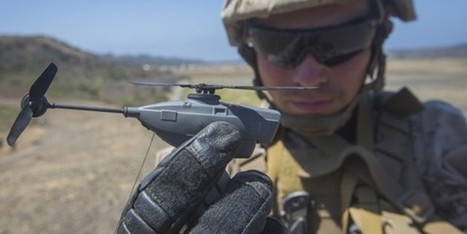

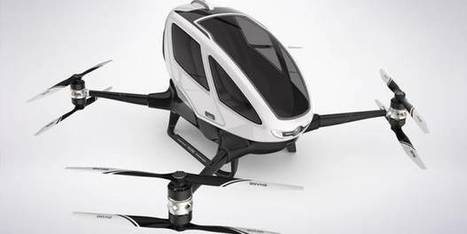

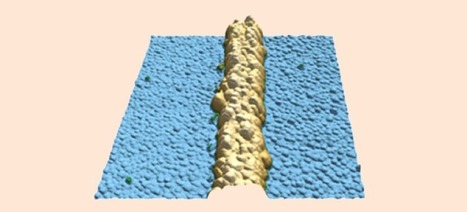
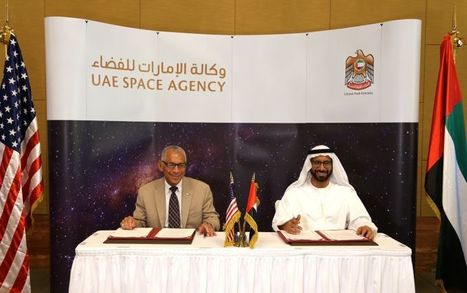
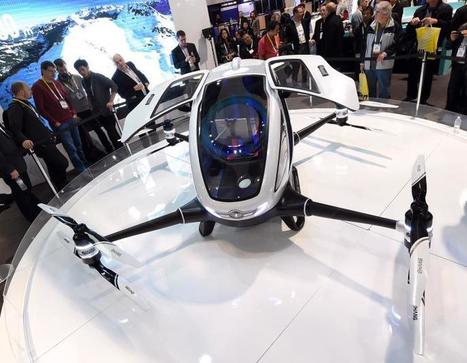







Learn more / En savoir plus / Mehr erfahren:
http://www.scoop.it/t/21st-century-innovative-technologies-and-developments/?tag=Drones